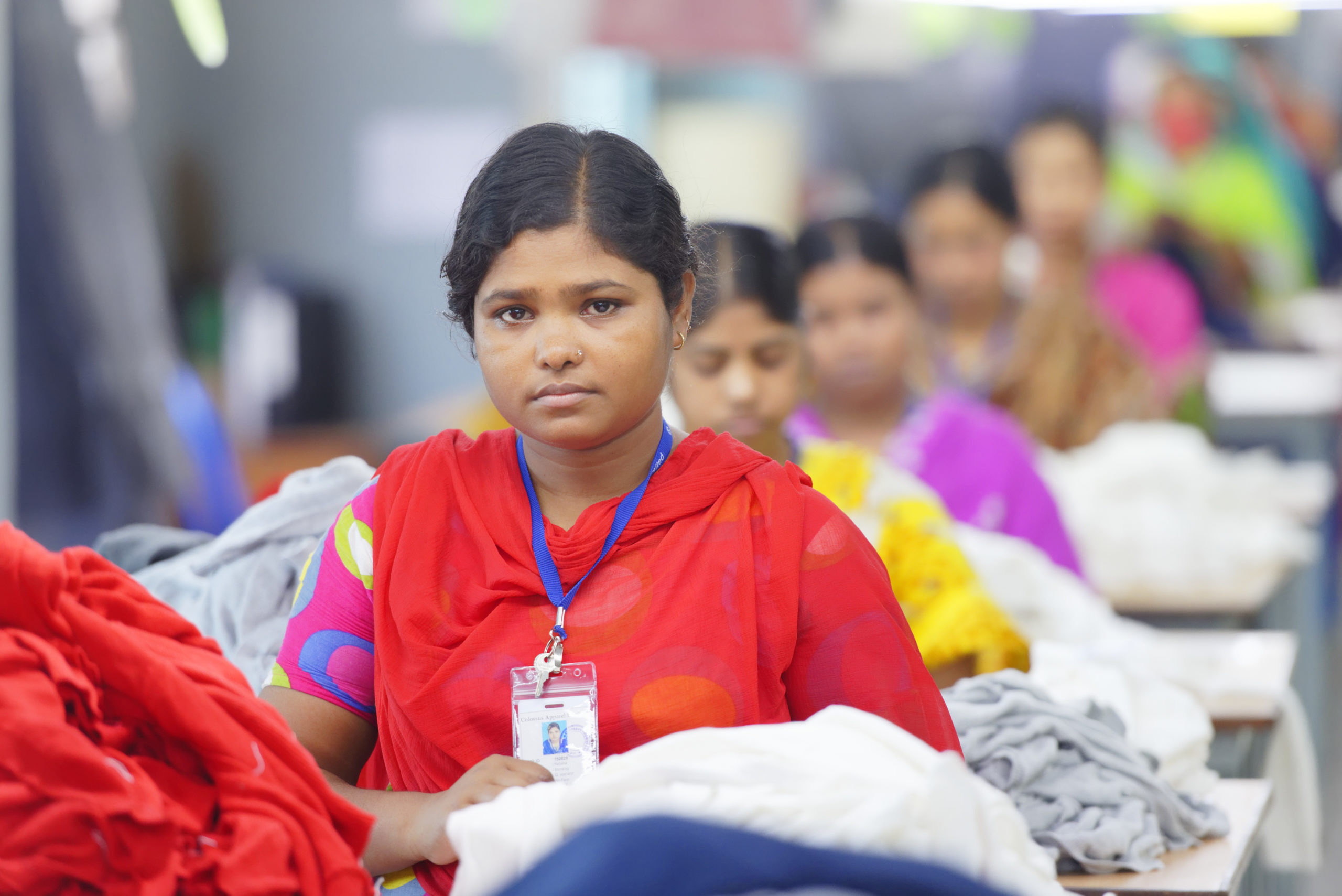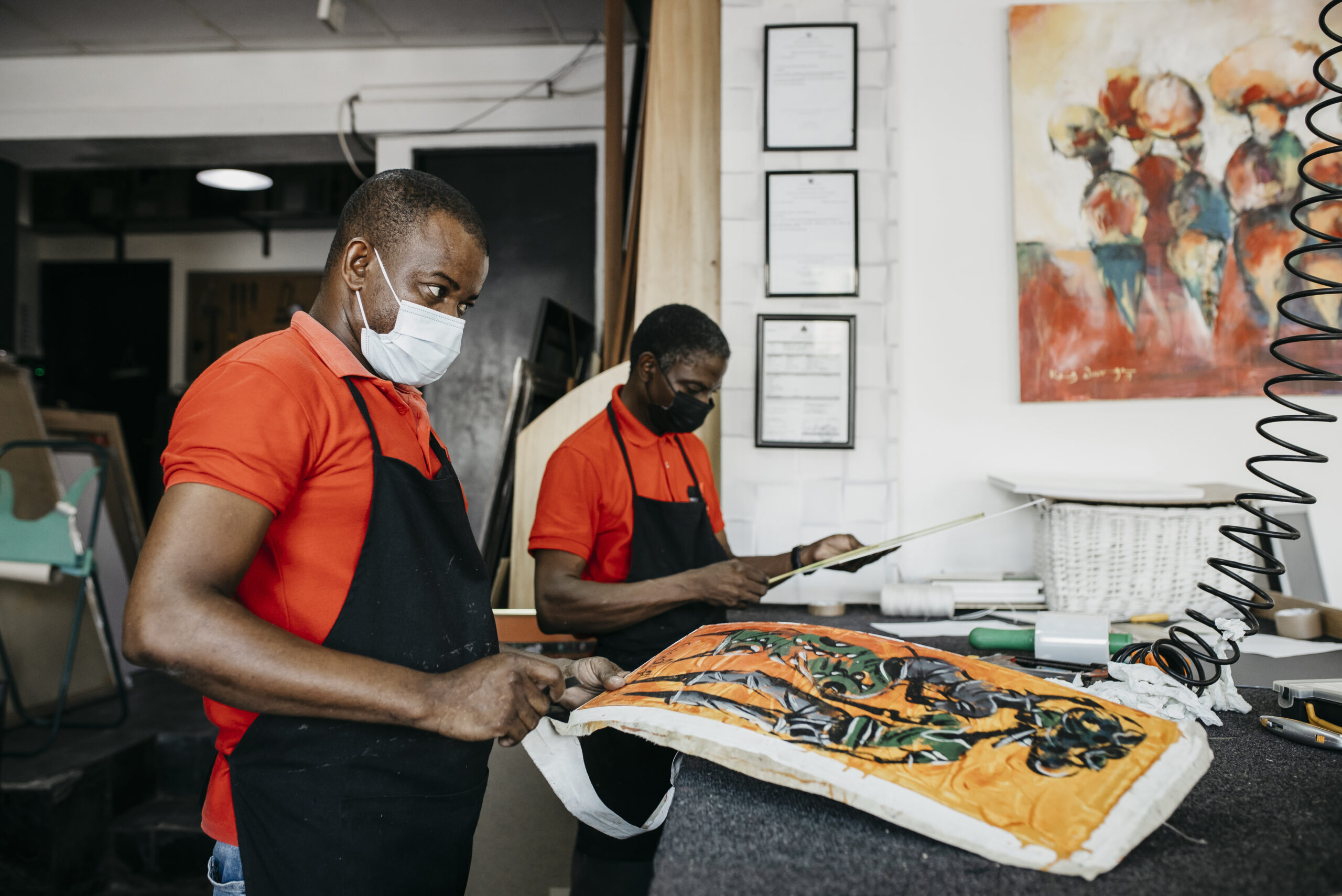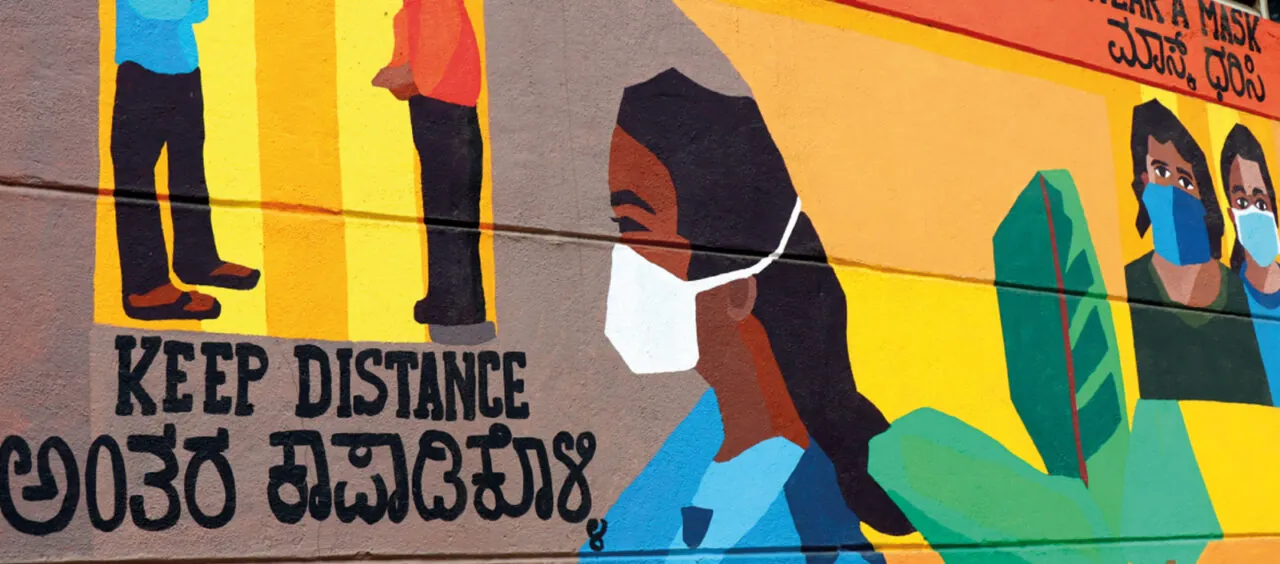The ready-made garments (RMG) sector is by far the most important contributor to the economy of the country, amounting to 15 per cent of the gross domestic product (GDP) and employing nearly four million people. There is no denying that the main driving force behind the RMG sector is the vast quantity of workers that it employs. However, these workers have, over the years, emerged as a critically marginalized and vulnerable group. They have faced the brunt of the factory authorities’ negligence towards their safety and security, as evident by the Rana Plaza incident in 2013. In the past year, the COVID-19 pandemic has once again exposed the vulnerabilities of the RMG workers and how their safety concerns, demands, and livelihood have been threatened by the indecisions of not only the government, but the apex owners’ associations, Bangladesh Garment Manufacturers and Exporters Association (BGMEA) and Bangladesh Knitwear Manufacturers and Exporters Association (BKMEA), regarding when to close or reopen the factories, and also about their wages.
Since the beginning of March 2020 when the COVID-19 threat became ever so real in Bangladesh labour leaders have been demanding the closure of factories in an attempt to protect the workers from being infected by the deadly virus. In the initial stages, the government showed great reluctance towards factory closures stating that workers’ safety will be taken into consideration. While safety inside of the factories or while entering the factories were targets of intense debate among labour leaders, the government, and the owners’ association, safety and sanitation outside of the factories were mentioned only in passing. There was a clear lack of initiatives or guidelines being implemented to ensure that workers were not contracting the virus outside of the factories.
As the situation in the country worsened, BGMEA began contemplating the closure of factories which it later backtracked on due to backlash from various factory owners. Therefore, it did not come as a surprise that workers began to demonstrate demanding closure of factories as the viral outbreak spread, causing fears of infection and death. When the “general holidays” were declared, then extended, the workers’ safety was yet again at the bottom of the priority list: the government was criticized for its dual policies by allowing the closure of offices and transportation to be continued while factories were to be opened. As the workers clamoured to return to their workplaces because they were threatened with job cuts, they were subjected to some of the harshest conditions, not to mention the extreme levels of exposure to the virus. Some workers, for instance, had to walk from Mymensingh to join their place of work in Dhaka, because public transport services were shut down during the pandemic.
In my review of various newspapers from February 2020 to February 2021, I observed a significant lack of concern for the wellbeing of the RMG workers. For years the struggle for decent wages and other workers’ rights have been at the forefront of the demands set by labour leaders, and during the pandemic, this struggle is ever more prevalent. In June 2020 alone, there were reports of 100 cases of labour unrest pertaining to payment of wages. In an attempt to allow relief for the factories that had order cancellations, suspensions, or no orders at all, wages were cut to just 65 per cent for workers who could not join their work because of the pandemic, after a tripartite meeting with labour leaders, government officials, and factory owners’ associations.
At the same time, news of order cancellations began to pour into the newspapers and dominated the mainstream media and official narrative. It has often been highlighted that the local manufacturers are looking at USD 3.18 billion work order cancellation or suspension as a result of the pandemic, and this is has been one of the most frequent narratives to be promoted, even while reporting of RMG workers’ protests for their wages, arrears, bonuses, or layoffs. In contrast, when the report was published stating that Bangladesh’s RMG workers had lost approximately USD 501 million or 29.5 per cent of their monthly wages from March to May 2020, the immediate reactions were to either deny these results or shift the blame from the factory authorities to the buyers.
Where most of the reporting on RMG labour unrest falls short on is the greater socioeconomic impact that the COVID-19 pandemic has had and will have on the workers specifically, in a way that will shed a clear light on the reasons behind their protests, demonstrations, and cry for help. Even as reports emerged that one million RMG workers were laid off due to the raging pandemic, industry leaders have been very quick to dismiss such findings as being baseless. What this does is add fuel to the fire and the easiest scapegoats are the protesting workers.
This blog was originally published by the BRAC Institute of Governance and Development here



